- Home
- 7 Steps of Goal Setting
- How to Overcome Procrastination with the 3D Approach
How to Overcome Procrastination with the 3D Approach
Did you know that the goal of 'How to overcome procrastination' is one of the most popular New Year's resolutions? When the task is unpleasant, uninteresting, and insurmountable, procrastination can seem pretty natural!
There are many ways to overcome procrastination, which I will talk through in the subsequent pages, but one of the most popular and best places to start is the 3D approach which stops procrastination by building a success spiral of accomplishment
The 3D approach involves three steps:
- Dividing larger tasks down into smaller, more manageable chunks.
- Dig in
- Dally a moment, reward yourself, and refresh for the next push.
Step 1. How to overcome procrastination through the divide and conquer strategy
“The secret of getting ahead is getting started. The secret of getting started is breaking your complex overwhelming tasks into small manageable tasks, and then starting on the first one.”
Mark Twain
You have probably heard the saying, "How do you eat an elephant?"...."One bite at a time".
 The 3D Approach to Beating Procrastination
The 3D Approach to Beating ProcrastinationI remember my elephant project was writing my PhD. I was procrastinating on the task – I knew I should write it, but there was always something more pressing (or interesting!).
When I reflected on why I was procrastinating, I realised that I saw my task as insurmountable. Elephantine!
So how did I get started and finish my PhD?
First, I laid out the entirety of the project and broke the project down into manageable chunks.
Why does the divide and conquer strategy work for overcoming procrastination?
Well, you know the old saying that 'success breeds success'.
Achieving success in small chunks builds your confidence and motivation to keep on going.
Even some recent research by Ken Sheldon out of the University of Missouri says that we feel happier if we move towards a goal – and I certainly felt happier writing my first draft of chapter 1!
Now don't get me wrong – there are many reasons why we procrastinate. However, a starting question is: Are you procrastinating because it feels insurmountable?
Is it a challenging project? Maybe it is the exercise program or the decision you are putting off about retirement savings.
Procrastination activity #1: Divide and conquer
1. Grab a pen and paper
2. Pick a task or goal that you are procrastinating on – one that is really bothering you.
3. Write down as many sub-tasks as possible to get the job done.
The Goal is to Start
When you have completed writing all the sub-tasks, order them in sequence so that you complete them one after the other.
Now you may still not know which task to do or how to order them - that is OK. The important thing is to pick a task and start.
You may want to dilly-dally around, but once you get started, you will crank into a higher gear.
Be careful here – once you have created a bunch of subtasks, you may feel the urge to stop – and this is just another reason to procrastinate.
But the goal here is to start!
Often technology can derail your ability to get stuff done. If this sounds like you, then consider these strategies to avoid procrastination.
2. Dig in to overcome procrastination
Start off using the Pomodoro technique.
With practice, you can find that your session can be increased little by little until you can stay on task with the best of them.
The end game is to get a bite-size task less than 2 hours long.
Why do we want a sub-task that is less than 2 hours in length?
Because the prefrontal cortex gets tired after this focus time and is looking to switch tasks, you are in danger of falling for your procrastination pick-up lines.
So keep your bites small and ‘don’t bite off more than you can chew’.
Can you make another sub-task if your task is more than 2 hours long?
Procrastination tip: Timebox your next-step actions
Try to put these bite-size chunks into your calendar. Remember, a to-do list is just a list – it may not initiate action. By timeboxing specific tasks and creating a space in the calendar, you are making a more substantial commitment to yourself to do it.
3. Dally a moment and reward yourself
One main reason we procrastinate is that it rewards temporary relief from stress. Think about what you turn to when you are procrastinating. If you are anything like me, you tend to procrastinate with a rewarding task (at least for the brain) like
- watching TV,
- playing video games,
- checking emails, or
- surfing the web.
The temporary stress relief that I get from turning to these activities (instead of what I should be doing) is a reinforcer of the procrastination habit.
With this in mind, reward yourself for not procrastinating. Even with the tiniest victories, reward yourself.
Rewards reinforce the great start that you have made and push you to keep going. There are many ways to reward yourself for your tiniest victories which include
- practising internal self-praise
- keeping a list of accomplishments
- reflecting at the end of the day on what you have achieved
- use reward substitution. What do I mean by this? Well, many of the good behaviors that we take up (e.g. exercising, meditating and so forth) only reap the benefits in the future. They may not provide immediate rewards. Can you find immediate rewards for not procrastinating? The idea here is to make a contract with yourself. For example, if I do XYZ, then I will get such and such reward.
Related articles on how to overcome procrastination that may interest you...
- Home
- Procrastination
- How to Overcome Procrastination with the 3D Approach

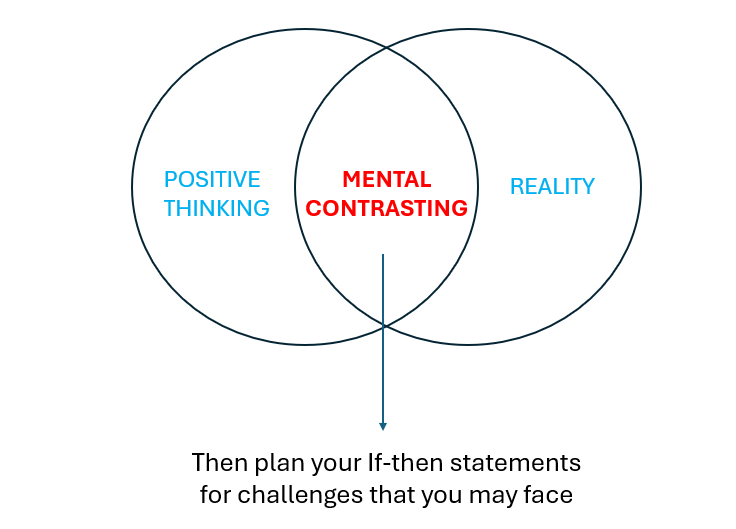
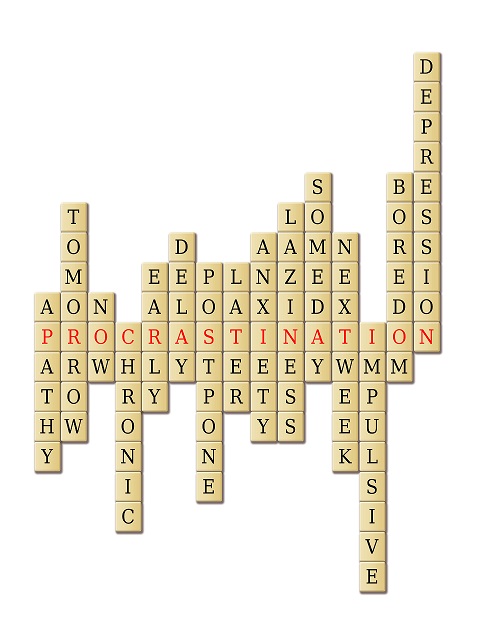

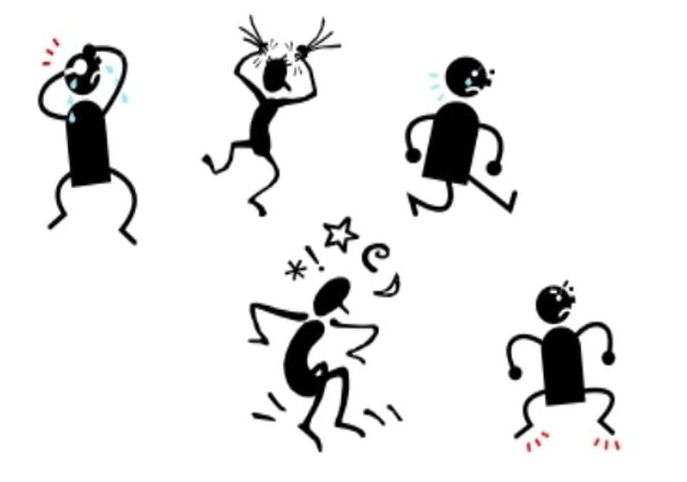

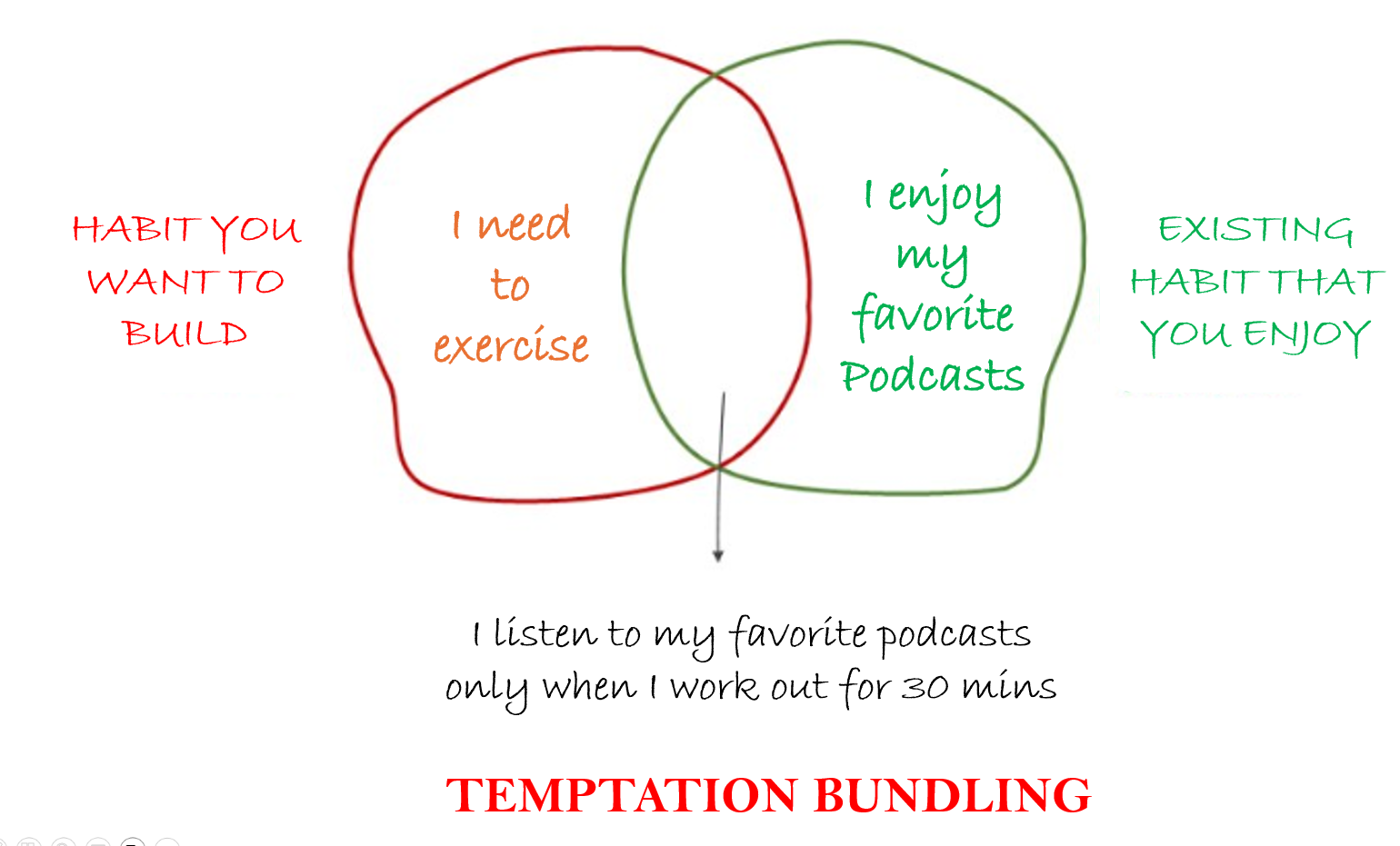

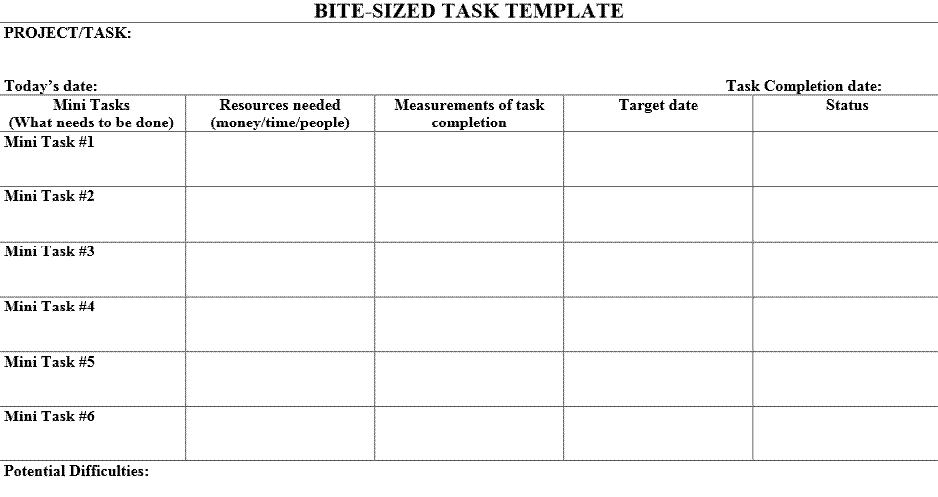






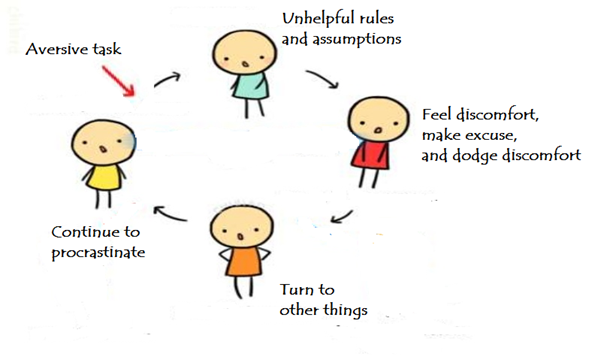
New! Comments
Have your say about what you just read! Leave me a comment in the box below.